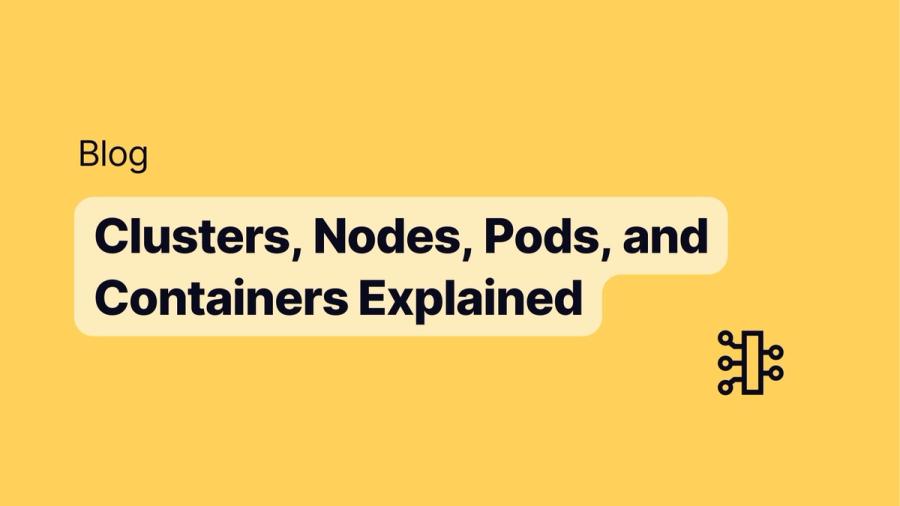
Kubernetes API Gateway
Kubernetes has become the go-to platform for container orchestration, especially for companies implementing microservices. The Kubernetes Health Checks provide a standard for monitoring and ensuring the health and availability of your services and serve as a conceptual framework to build on.
In this tutorial, we’ll explore how to configure health checks using Edge Stack, a popular Kubernetes-native API gateway and specialized control plane for Envoy Proxy, that provides a simple way to configure and manage APIs for microservices. By configuring Active Health Checks using Edge Stack API Gateway, you can ensure your microservices are healthy and can serve traffic.
Let’s dive in by first understanding how basic Kubernetes health checks work. Then we’ll examine Edge Stack’s Basic Health Checks and Active Health Checks. Finally, we will discuss how Edge Stack expands on the existing approach to give you more control and customization capabilities.
June 20, 2024 | 10 min read

API Development
Imagine you're an architect tasked with building a massive skyscraper. You'd need a solid plan, right? You can't just start slapping bricks together willy-nilly. The same goes for creating APIs. Without a well-defined lifecycle, your API project could quickly turn into a towering mess.
This is why mastering the API lifecycle is crucial to your development process. It streamlines every stage of API management, reduces development time, minimizes bottlenecks, and ensures APIs are high-performing, secure, and aligned with business objectives.
This guide will break down the complexities of the API lifecycle into digestible, actionable steps you can use to turn API lifecycle management from a daunting challenge into a smooth, streamlined process. That way, rather than the leaning tower of APIs, you’ll have a strong foundation and structure for moving forward with your API development.
June 18, 2024 | 12 min read

Kubernetes
If you deploy on Kubernetes, you are scaling your application. This usually means scaling pods and nodes within a cluster. This type of scaling allows you to handle increased workloads and provides a level of fault tolerance.
However, there are scenarios where scaling within a single cluster won’t be enough. This is where Kubernetes multi-cluster deployments come into play. Multi-cluster implementations allow you to improve availability, isolation, and scalability across your application.
Here, we want to examine the benefits of this approach for organizations, how to architect Kubernetes multi-cluster deployments, and the top deployment strategies.
June 17, 2024 | 8 min read

Kubernetes API Gateway
If you deploy on Kubernetes, you are scaling your application. This usually means scaling pods and nodes within a cluster. This type of scaling allows you to handle increased workloads and provides a level of fault tolerance.
However, there are scenarios where scaling within a single cluster won’t be enough. This is where Kubernetes multi-cluster deployments come into play. Multi-cluster implementations allow you to improve availability, isolation, and scalability across your application.
Here, we want to examine the benefits of this approach for organizations, how to architect Kubernetes multi-cluster deployments, and the top deployment strategies.
June 17, 2024 | 17 min read

Telepresence
What’s the difference between a cluster, a node, a pod, and a container in Kubernetes?
Kubernetes introduces a lot of new vocabulary. Today, we will break down Kubernetes into several layers of abstraction from smallest to largest, focusing on clusters, nodes, pods, and containers.
Container
June 14, 2024 | 2 min read

API Development
On the latest Livin’ on the Edge podcast, we took our regular episode in a different direction. Ambassador cares greatly about diversity, equity, and inclusion in the API industry, and we believe it’s important to create spaces and opportunities for all to thrive. We invited Claire Barrett, Director of APIsFirst, to join us on the podcast.
APIsFirst is a UK-based consultancy that focuses on helping organizations navigate complexity and accelerate the digital transformation of API-led business and IT teams.
June 13, 2024 | 5 min read










